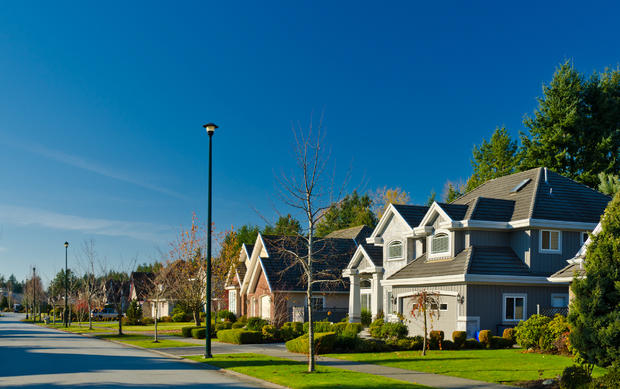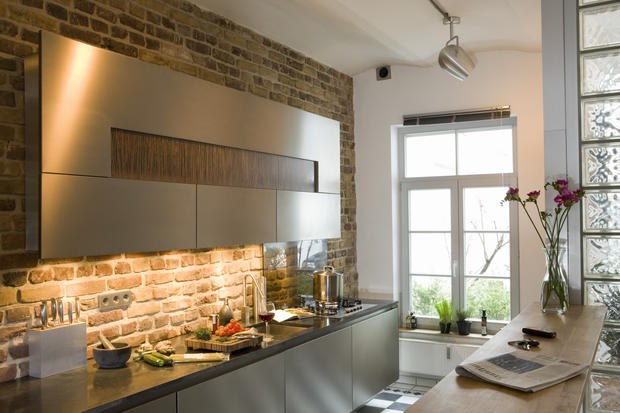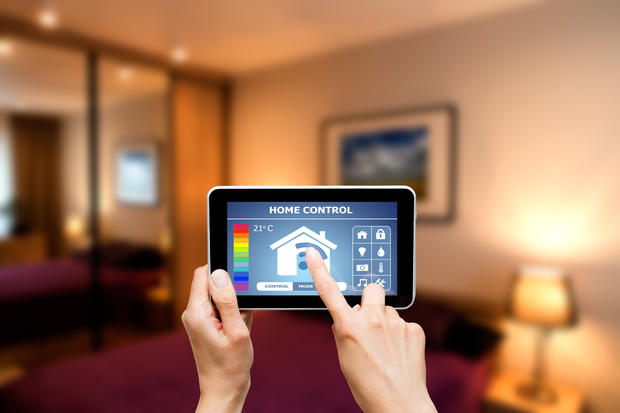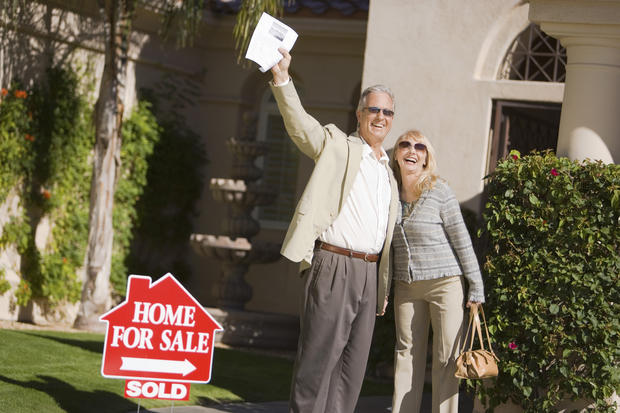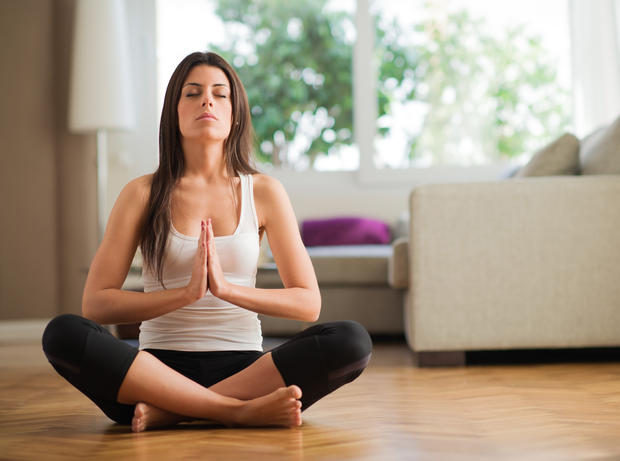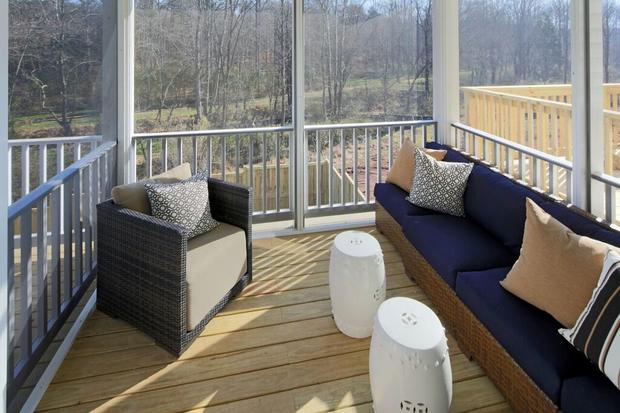10 things homebuyers can expect in 2016
If you're planning to buy a house in 2016, you're in good company.
A recent survey of current renters by real estate website Zillow estimates that about 4.9 million Americans are interested in buying a home in the coming 12 months, said Zillow chief economist Svenja Gudell.
So, what will the market look like this year?
Homebuyers should be on the lookout for slightly higher home prices and mortgage rates, and they may want to look toward the suburbs for more affordable options, Gudell said.
Homebuilders say they expect a city aesthetic to follow homebuyers to the suburbs, with interior finishes such as industrial fixtures and exposed brick walls among desirable features.
Click ahead to see the 10 things homebuyers can expect to find next year while searching for their dream house.
Higher prices
Home values are expected to continue rising in 2016, according to real estate website Zillow's 2016 Housing Market Predictions. A Zillow survey of more than 100 experts placed the estimated bump in home values at about 3.5 percent.
This means the U.S. median home value -- about $182,800 right now -- will hit about $189,198 next year.
The increase is slightly less than in recent years. Home values rose by about 6 percent in 2014 and are expected to end about 4 percent to 4.6 percent higher in 2015, Gudell said.
Rising mortgage rates
Mortgage rates are expected to rise slightly following the Federal Reserve's decision to raise the federal funds rate, which makes it more expensive for banks to borrow money.
But the rate hike won't have a huge impact on most homebuyers, Gudell said. "Most areas are still incredibly affordable, and there's a fair amount of headroom for rates to move."
However, higher rates may make it more difficult for people at the lower end of the income spectrum to buy a home, she added, because they were already stretching their budgets before the increase.
Rise of the suburbs
As already-pricey urban centers become more expensive, many homebuyers will move out to the suburbs in search of more affordable homes. However, that doesn't mean they'll leave city life behind entirely, Zillow said.
These former city dwellers will look for what Gudell calls "mini-cities" -- suburbs with dense, walkable downtown areas and an urban feel. These areas will continue to grow as builders add more apartments and single-family homes to keep up with rising demand.
Urban style meets the suburbs
Homebuyers want to take that urban feel inside their suburban homes as well, according to Washington, D.C.-based homebuilder Miller & Smith. The firm predicts that more new homes built in 2016 will include urban industrial finishes such as exposed brick and industrial light fixtures.
Programmable homes
From Wi-Fi-connected thermostats to outlets that can be turned on and off via a smartphone app, there's almost no end to the home appliances being added to the "Internet of Things." This trend will continue to grow as more new homes come equipped with high-tech bells and whistles, according to Miller & Smith.
The firm is already getting requests for homes with smart outlets that allow appliances to be operated remotely, remote locks and Wi-Fi-connected security cameras, said Doug Smith, the company's president.
"We'll see lighting, locks, heating, cooling and even your curtains connected to mobile devices," Smith said. "Connected homes and devices should make life simpler or solve a problem, (and) never overwhelm the homeowner. While there are endless ideas for devices and apps, the most simple, user-friendly options will rise to the top."
Baby boomers look for new dream homes
Baby boomers continue to move into retirement and will be looking for homes that may be slightly smaller than their current ones, but with all the same perks and style, Smith said.
"They're a growing market looking for high-style, low-maintenance and built-in convenience," he said.
These customers are using their retirement savings to build new homes with convenient amenities like first-floor master suites and low-maintenance yards. They also want homes located close to shopping and entertainment, he said.
Multigenerational living
Other baby boomers plan to spend their retirement living with family, leading to a rise in multigenerational living -- homes built for several generations of one family with separate living quarters. The number of adults living in multigenerational homes doubled between 1980 and 2012, according to the Pew Research Center.
Basement bedrooms with in-suite bathrooms, multilevel living and strategic use of space are common features in new homes designed for multigenerational living, according to Miller & Smith.
Retreat rooms
New homes built in 2016 will increasingly offer spaces allowing residents to "get away" without actually going anywhere.
These relaxing "retreat rooms," as Miller & Smith calls them, can take the form of a spa, yoga studio or meditation room and have amenities such as hardwood floors and built-in sound systems for ultimate relaxation.
Flex spaces
Even as buyers want homes with designated "me time" areas, they also want their spaces to perform double duty.
Multifuctional spaces, also called flex spaces, offer more options for use without the need to expand the home. Some examples include dining rooms that double as dens or mudrooms that also serve as craft spaces. Spaces that open into each other, such as kitchens that open into living rooms, also let homeowners utilize them in a number of different ways, according to Miller & Smith.
Outdoor living areas
Perhaps the biggest trend in new homes next year will be the use of outdoor rooms, Smith said.
"Outdoor rooms furnished as indoor spaces are a huge hit for homebuyers," he said. Smith has seen clients put outdoor kitchens on townhouse rooftops in major cities and cozy fire pit lounge areas in suburban homes. Floor-to-ceiling windows and sliders are features that also help bring the outdoors inside, he said.
